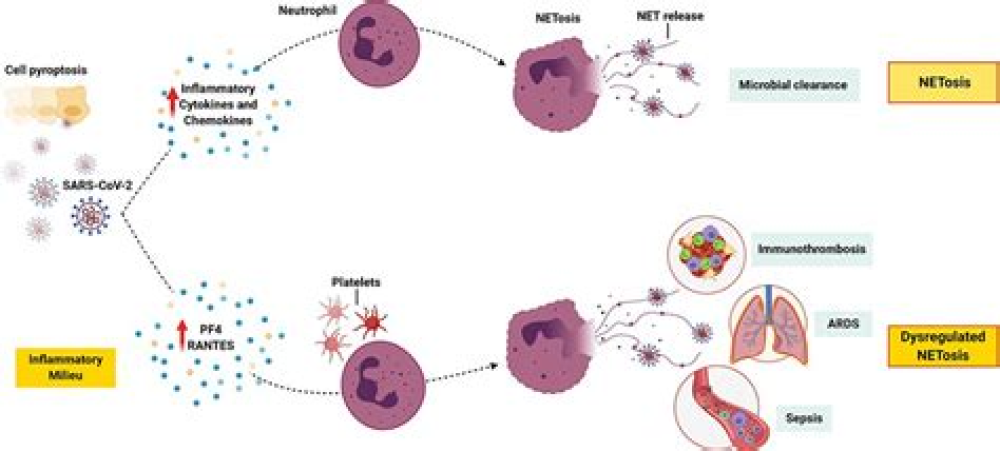Authors: The Lancet
We are writing to express concern about the use of a recombinant adenovirus type-5 (Ad5) vector for a COVID-19 phase 1 vaccine study,1 and subsequent advanced trials. Over a decade ago, we completed the Step and Phambili phase 2b studies that evaluated an Ad5 vectored HIV-1 vaccine administered in three immunizations for efficacy against HIV-1 acquisition.2, 3 Both international studies found an increased risk of HIV-1 acquisition among vaccinated men.2, 4 The Step trial found that men who were Ad5 seropositive and uncircumcised on entry into the trial were at elevated risk of HIV-1 acquisition during the first 18 months of follow-up.5 The hazard ratios were particularly high among men who were uncircumcised and Ad5 seropositive, and who reported unprotected insertive anal sex with a partner who was HIV-1 seropositive or had unknown serostatus at baseline, suggesting the potential for increased risk of penile acquisition of HIV-1. Importantly for considering the potential use of Ad5 vectors for COVID-19 infection, a similar increased risk of HIV infection was also observed in heterosexual men who enrolled in the Phambili study.4 This effect appeared to persist over time. Both studies involved an Ad5 construct that did not have the HIV-1 envelope. In another HIV study, done only in men who were Ad5 seronegative and circumcised, a DNA prime followed by an Ad5 vector were used, in which both constructs contained the HIV-1 envelope.6 No increased risk of HIV infection was noted. A consensus conference about Ad5 vectors held in 2013 and sponsored by the National Institutes of Health indicated the most probable explanation for these differences related to the potential counterbalancing effects of envelope immune responses in mitigating the effects of the Ad5 vector on HIV-1 acquisition.7 The conclusion of this consensus conference warned that non-HIV vaccine trials that used similar vectors in areas of high HIV prevalence could lead to an increased risk of HIV-1 acquisition in the vaccinated population. The increased risk of HIV-1 acquisition appeared to be limited to men; a similar increase in risk was not seen in women in the Phambili trial.4Several follow-up studies suggested the potential mechanism for this increased susceptibility to HIV infection among men. The vaccine was highly immunogenic in the induction of HIV-specific CD4 and CD8 T cells; however, there was no difference in the frequency of T-cell responses after vaccination in men who did and did not later become infected with HIV in the Step Study.8 These findings suggest that immune responses induced by the HIV-specific vaccine were not the mechanism of increased acquisition. Participants with high frequencies of preimmunisation Ad5-specific T cells were associated with a decreased magnitude of HIV-specific CD4 responses and recipients of the vaccine had a decreased breadth of HIV-specific CD8 responses,9 suggesting that pre-existing Ad5 immunity might dampen desired vaccine-induced responses.
For More Information: https://www.thelancet.com/journals/lancet/home
